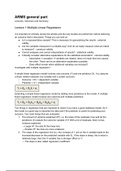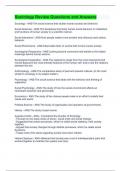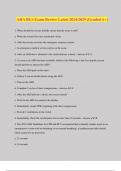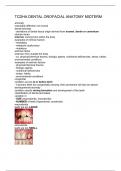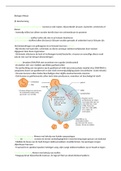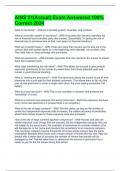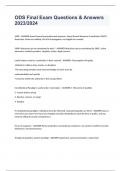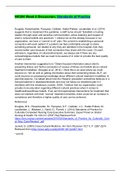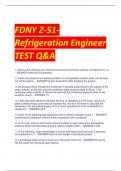College aantekeningen
ARMS general part - lectures and seminars
Dit is een samenvatting van de hoorcolleges gegeven voor het tentamen statistiek op 13 maart 2020. This is a summary of the lectures and seminars for the assessment on the 13th of march, for the course ARMS.
[Meer zien]
